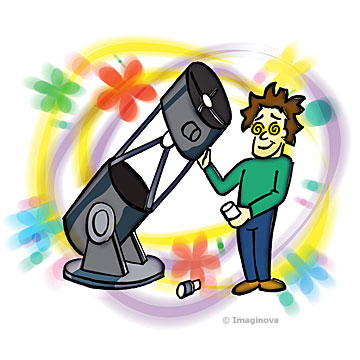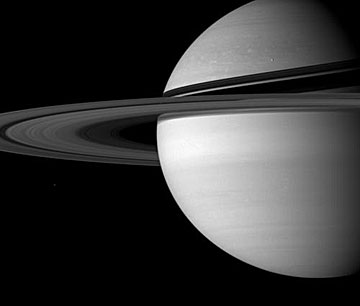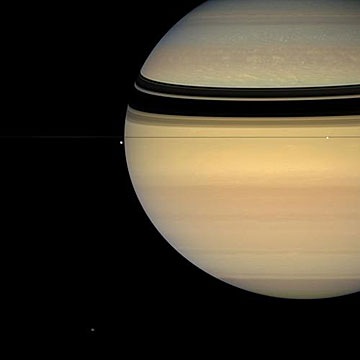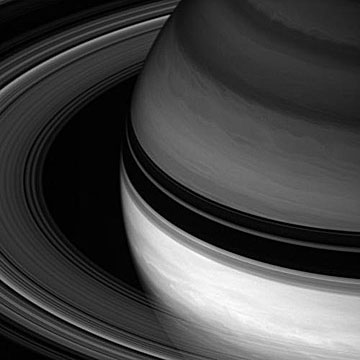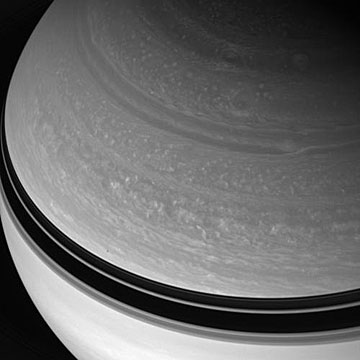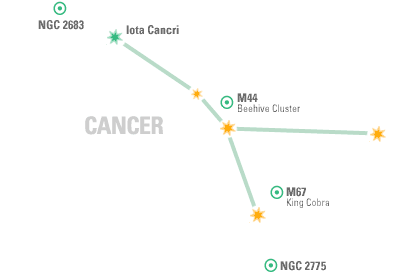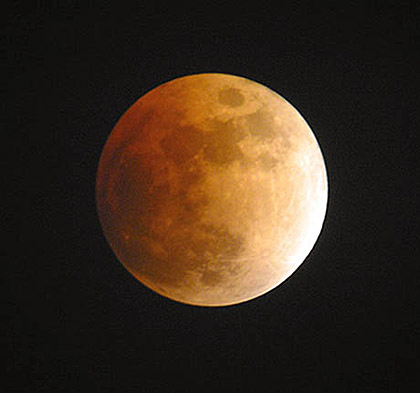 |
||||||||||||||||||||||||||||||||||||||||||||||||||||||||||||||||||||||||||||||||||||||||||||
|
If you have trouble viewing this newsletter, click here. Welcome again to our monthly newsletter with features on exciting celestial events, product reviews, tips & tricks, and a monthly sky calendar. We hope you enjoy it!
Available First Week of March From Here: New Features* Apollo Space Missions – new models, trajectories and SkyGuide tours. (Available in Pro, Pro Plus, Astrophoto Suite and High School.) Bug Fixes
*Some features might not be available in your version 6 product.
Photon addiction is a pathological state. The disorder is characterized by the progression of acute telescope use to the development of photon-seeking behavior. Previously rewarding naked eye stimuli is no longer sufficient. Treatment is difficult, relapse is common. In past decades, photon addiction was seen in isolated cases. With the increased availability of astronomy books, software and affordable quality equipment, it is fast becoming an epidemic. If you think a friend or loved one is suffering from photon addiction and needs intervention, please consult our handy symptom finder.
Nocturnalism One of the first major symptoms is that the victim, when left to his or her own devices without daytime obligations, will become a night-dwelling creature. If you suspect that your neighbors have turned into vampires, consider the possibility that they may actually be astronomers. Astronomers are not necessarily repelled by garlic (indeed, a garlic-heavy dinner may help them to locate one another in the dark), and their beverage of choice is likely to be tea, coffee or hot chocolate rather than blood. Please note that many of the standard vampire-detection methods may result in false positives. For instance, astronomers are likely to hiss at you if you shine a flashlight in their faces. It is also not advisable to sprinkle holy water (or any other liquid) on their telescopes. Sudden technological aptitude Even if they do not possess a technical education and do not self-identify as “geeks”, some astronomers will suddenly develop a handy streak (or, at the very least, an ability to use everyday items creatively) out of sheer necessity. A hair dryer or therapeutic heat wrap might be pressed into service as a dew-prevention system. The trunk of the car will fill up with extra 12V battery packs to power electronics in the field. If no contractor will bore a hole through the middle of an existing house to plant a pier and convert the attic to a roll-off roof observatory, the determined astronomer will learn the appropriate skills. For your own safety, please try to determine whether the astronomer is truly handy or belongs on an episode of When Home Renovation Projects Attack!, and keep your distance accordingly. Nest-feathering Astronomers who are not content to merely experience the cosmos at night will surround themselves with its trappings by day. Celestial-motif bed linens, glassware, ties and jewelry are a common expression of this phenomenon. (It may also lead uneducated house-guests to assume that their hosts are astrologers.) Vanity license plates with NGC numbers are a sure sign. More advanced cases may influence the naming of pets or even children. If your child's classmate is named Luna, Andromeda, or Bellatrix, and owns a dog named Sirius, consider the possibility that her parents might be astronomers as opposed to Harry Potter fanatics. Telescope hoarding Sensible astronomers, like sensible pet owners, will choose a telescope that is compatible with their lifestyle. An astronomer may purchase a telescope that is too big to be usable, or even take on a series of increasingly larger scopes, ending up with a houseful of sadly neglected instruments. In some cases, a poorly chosen and unwieldy telescope may get to decide the size of the next car or the location of the family's next home. Fortunately, most consequences of choosing the wrong scope are relatively minor: a telescope will not mind being shut up in the garage when you don't have time for it, and will not change from a playful little Mak-Cass to a big lumbering slobbery-tongued Dobsonian over the course of several months. The good news for those afflicted by this condition is that it's much easier to bear when others are supportive. Perhaps future generations will even consider enthusiasm for astronomy something to be celebrated, instead of a disorder that needs to be treated. Photon Addiction Help Sites Brenda Shaw
Saturn appears below and to the left of the conspicuous "sickle" or backwards question-mark pattern of stars marking the head and mane of the constellation of Leo, the Lion. It will arrive at opposition to the sun Feb. 24, when it lies on the opposite side of the sky from the sun; rising as the sun sets, reaching its highest point in the southern sky at midnight and setting as the sun rises. What we see with the naked eye is a bright yellowish-white "star" shining with a steady light. Through a telescope this object is enlarged into one of the finest showpieces of the night sky, thanks to its great ring system in all of its icy, glimmering elegance.
The Cassini spacecraft returns another dazzling postcard from In small telescopes, the rings surprise even veteran observers with their chilling elegance even though it is expected. Certainly they will delight anyone this winter who received a telescope as a holiday gift. Any telescope magnifying more than 30 power will show them. Look Now! Take a look at Saturn's rings now, because soon our view of them will be compromised by the fact that they are turning more and more edge-on to our line of sight. Currently the rings are tilted at just over 8 degrees toward us and actually, they will appear to open slightly to nearly 10 degrees by the beginning of May. However, later this year, the rings will appear to rapidly close up and by the end of this year the tilt of the rings will be less than one degree and they will appear as nothing more than a thin line bisecting the ball of the planet. And by the late summer of 2009, there will come a period of time when the rings will appear to vanish, as they will be turned exactly edgewise to us. Some Saturn stats At an average distance of 886 million miles (1.43 billion km.) from the sun, or about twice as far away as Jupiter, Saturn goes around the sun once in 29.5 Earth-years. Second only to Jupiter in size at 74,900 mi (120,500 km), it's more than nine times the size of our Earth. Like Jupiter, it's wrapped in thick clouds which run in parallel bands across its disk.
This colorful view, taken from edge-on with the ring plane, contains four of Saturn's attendant moons. Tethys (1,071 kilometers, 665 miles across) is seen against the black sky to the left of the gas giant's limb. Brilliant Enceladus (505 kilometers, 314 miles across) sits against the planet near right. Irregular Hyperion (280 kilometers, 174 miles across) is at the bottom of the image, near left. Much smaller Epimetheus (116 kilometers, 72 miles across) is a speck below the rings directly between Tethys and Enceladus. Epimetheus casts an equally tiny shadow onto the blue northern hemisphere, just above the thin shadow of the F ring. At last count, Saturn has 61 satellites; the largest one, Titan, appears as a star of eighth magnitude and appears to orbit Saturn in about 16-days. But the really impressive feature of Saturn is its famous ring system. These rings are not continuous sheets, but are actually composed of countless billions of particles which range in size from microscopic specks to boulders the size of houses, each one circling like a moon around Saturn and reflecting sunlight. Most of these are composed of water ice. Through a good-sized telescope the rings appear as two bright ones with a narrow dark space between them — called the Cassini Division, discovered in 1675 — and the fainter "crape ring" nearer to the ball of the planet, which is not quite so easy to see. These are considered the Main Rings and measure about 170,000 miles (273,500 km.) across, although over the past 30 years several other much fainter rings have been identified from images taken by the Pioneer 11 and Voyager space probes. These are referred to as the Dusty Rings. The width of the entire ring system, including gaps, is about 258,500 mi (416,000 km). Galileo was stumped Galileo Galilei (1564-1642) was the first to view the rings in 1610 although what he saw through his crude telescope left him completely baffled, as Saturn appeared to him not to have rings but rather two smaller bodies flanking it on either side.
Saturn's rings sweep around the planet, throwing their dark He couldn't make them out clearly and thought that Saturn was a triple body, with two small orbs on either side of a large one. Later, when the rings turned edgewise to Earth and the two companions disappeared, Galileo invoked an ancient myth when he wrote, "Has Saturn swallowed his children?" Galileo lamented that his mind was too weak to comprehend this strange phenomenon. Actually, it was his telescope that was too weak; a better telescope would have revealed Saturn's companions as rings. It was not until a young Dutch mathematician, Christiaan Huygens (1629-1695), utilized a much better telescope, and on March 25, 1655 saw the rings for what they really were. Slow, but steady In mythology, Saturn closely resembled the Greek god Cronus, but he's more usually recognized as the Roman god of agriculture. The name is related to both the noun satus (seed corn) and the verb serere (to sow). But why would the planet Saturn be linked to agriculture? Perhaps a clue can be found from the ancient Assyrians who referred to Saturn as lubadsagush, which translated, meant "oldest of the old sheep." Possibly this name was applied because Saturn seems to move so very slowly among the stars; it may have also reminded sky watchers of the slow gait of plowing oxen or cattle.
Great circular vortices churn through Saturn's northern skies So, if we identify Venus by its great brilliance, Mars by its orange-yellow color and Jupiter which is surpassed only by Venus in brightness, then Saturn is recognized by its slow movement among the stars, and easiest of all, if we examine it through a telescope, by its beautiful rings. Joe Rao, SPACE.com Skywatching Columnist
Lying quietly between Gemini and Leo, Cancer is not the most exciting of constellations. Nonetheless, its modest riches are worth checking out. M44, the Beehive Cluster, is a great target for your binoculars or finderscope. More magnification than that and you'll loose the lovely sense of loose structure. Can you spot it naked eye? Even from your back yard 2,500 lightyears away, you should be able to scoop up M67 in your finderscope or binos. The individual stars of this Mag 6 open cluster will resolve nicely in your telescope's eyepiece. NGC 2775 is a bright spiral galaxy whose core is visible in 8" scopes. Larger scopes will show hints of its spiral-arm structure. Spiral galaxies are the most common kind of galaxy, making up four fifths of all galaxy types, including our own galaxy, the Milky Way. And close by are two more galaxies, NGC 2777, a true gravitational companion of 2775, and NGC 2773 which is four times farther away from us but happens to lie along the same line of sight; you'll need a 10" scope to spot either. At the opposite end of Cancer, Iota Cancri is a nice orange/green double star and well placed to point you just over Cancer's constellation boundary, into Lynx, where the edge-on 10th Mag galaxy NGC 2683 sits. Sean O'Dwyer
This shot of the lunar eclipse was taken on February 20, 2008 with a Tele Vue 102 and a 40 mm eyepiece. Scope Tronix Maxview Eyepiece attached to the Panasonic DMC-FZ8 with a Scope Tronix Bower. The ISO was 200, F/3.2, using a 2 second exposure. Michel Hersen, Portland, Oregon.
PRIZES AND RULES: We would like to invite all Starry Night® users to send their quality astronomy photographs to be considered for use in our monthly newsletter.
Please read the following guidelines and see the submission e-mail address below.
|
MAR 2008
|
|||||||||||||||||||||||||||||||||||||||||||||||||||||||||||||||||||||||||||||||||||||||||||
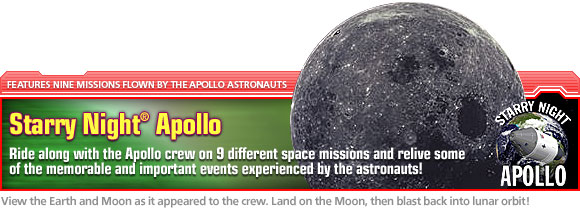 |
||||||||||||||||||||||||||||||||||||||||||||||||||||||||||||||||||||||||||||||||||||||||||||
|
|
||||||||||||||||||||||||||||||||||||||||||||||||||||||||||||||||||||||||||||||||||||||||||||
You have received this e-mail as a trial user of Starry Night® Digital Download
or as a registrant at starrynight.com. To unsubscribe, click here.
